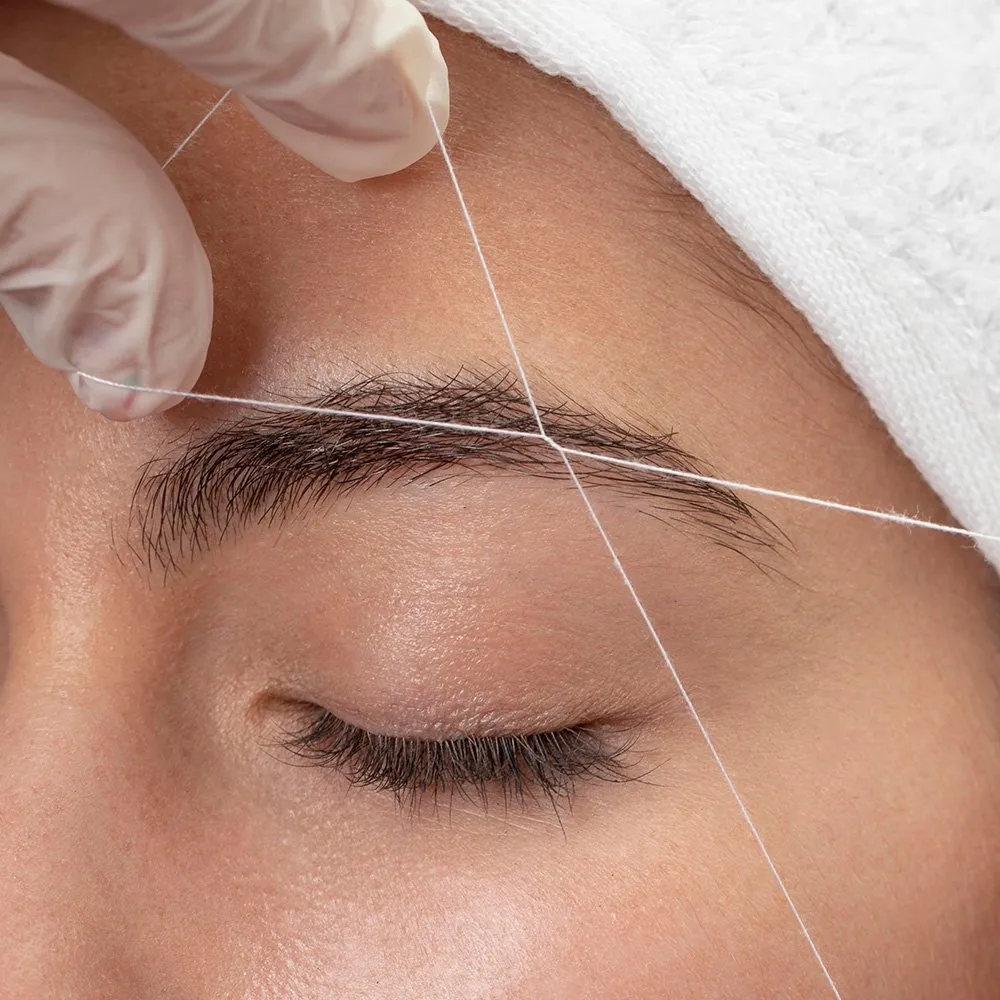Cultural Tradition of Eyebrow Threading: A Timeless Tradition
Eyebrow threading is a grooming method that has transcended generations, intertwining cultural significance with the art of personal grooming. Originating from jyotisalon.com and the Arab world, this ancient method utilizes a thin thread to sculpt and contour the eyebrows, providing a neat and exact appearance. As we delve into the nuances of eyebrow threading, we uncover a rich heritage that not just celebrates the skill of the artist but also showcases the heritage of the cultures from which it hails.
In the last few years, eyebrow threading has gained immense popularity across various cultures, emerging as a go-to choice for those seeking a precise and durable method of depilation. Beyond its visual allure, threading embodies the essence of heritage and craftsmanship, often handed down through the ages. It serves as a token of the beauty practices that connect us to our roots, making it much more than just a grooming technique; it is a honoring of cultural expression and selfhood.
The Evolution of Eyebrow Threading
Threading eyebrows has ancient roots that reach back thousands of years. This beauty enhancement technique is thought to have originated in the Indian subcontinent, where it was performed by Indian women as a means of grooming and enhancing their natural beauty. Threading was not merely a beauty procedure; it was also imbued in cultural significance, symbolizing femininity and social status within various communities.
As the practice expanded beyond India, it found its way into Middle Eastern countries, where it evolved and became a traditional beauty ritual among women. In these regions, threading was often carried out in gatherings, showcasing the communal aspect of the art. It was not just a personal grooming technique but also a social activity that brought women together, allowing them to exchange tips and experiences about beauty and self-care.
In the last few decades, eyebrow threading has gained great popularity worldwide, particularly in Western countries. With the rise of global travel and cross-cultural interactions, this ancient practice has been welcomed by various cultures, surpassing its regional origins. Today, threading salons can be seen in many urban areas, where clients appreciate this precise and natural method of shaping their eyebrows, further reinforcing its status as a timeless beauty tradition.

Approaches and Instruments
Eyebrow threading is an exquisite technique that utilizes a simple yet efficient approach of hair removal. The technique employs a slim, braided cotton thread that is moved along the skin's surface to capture and extract unwanted hair from the follicle. The skill of the esthetician is crucial; they must create a coil in the thread and use controlled movements to extract the hair out with accuracy. This technique allows for a sharp shape and is widely embraced for creating clean and sharp eyebrow lines.
The primary tool necessary for eyebrow threading is, of course. the thread alone. Traditionally, a superior cotton thread is used, as it delivers the optimal grip and control. Practitioners often favor using a thread that has been untreated and undyed, as this minimizes irritation and sensitivity on the vulnerable skin of the brow area. Some professionals may also utilize pre-cut threads for efficiency, ensuring they have the right length for successful threading.
In addition to the thread, numerous practitioners incorporate other tools to enhance the threading session. Some may employ a small pair of scissors for snipping excess hair, while others rely on tools like brow brushes or combs to shape the eyebrows before and after the procedure. Additionally, soothing lotions or oils might be used post-threading to soothe the skin, showcasing the practitioner's dedication to both precision and client comfort.
Cultural Relevance and Contemporary Developments
Brow treatment is a grooming method with rich historical origins, chiefly coming from South Asia and the Middle East. This practice has been utilized for ages, often transmitted through families as a form of craft. In many cultures, well-groomed eyebrows have been considered a symbol of aesthetic appeal, femininity, and cultural status. The precision that comes with this technique is greatly regarded, as it enables for the creation of ideally formulated brows that highlight the intrinsic features of the facial structure.
In modern times, eyebrow threading has experienced a resurgence in appeal, especially in Western countries, where it is admired for its natural methodology compared to other hair removal methods like waxing. A lot of contemporary beauty salons are now providing threading treatments, catering to a diverse clientele seeking an efficient and less harmful way to maintain their brow shape. This trend has not only brought the technique to a wider audience but has also fostered a fusion of classic methods with contemporary aesthetic standards.
As this practice becomes more mainstream, it has evolved to fit different tastes and trends. While some experts stick closely to traditional techniques, others have incorporated contemporary techniques and practices, such as the use of hygienic threading materials and creative spa environments. This progression reflects a admiration for cultural heritage while adopting the standards of today's beauty, permitting the practice to remain important in today's fast-paced world.